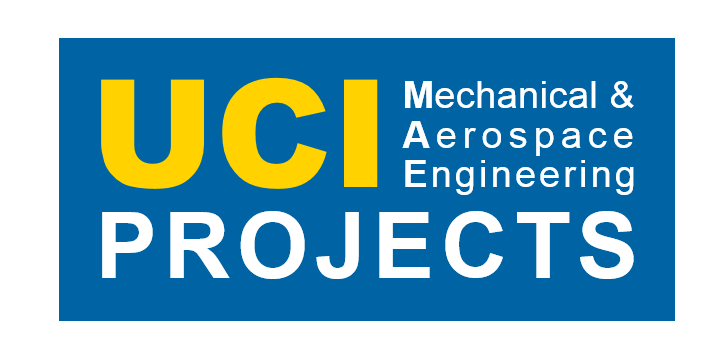This week, our project infrastructure received a major upgrade. We started a UCI GitHub repository for code, CAD, and ANSYS files! At our general meeting, Khoi, our circuits engineer, trained the rest of our team on using the repository and GitHub desktop app.
GitHub serves several important functions in our project:
1. It allows both local version control, and sharing changes with the team. While working, an individual can “commit”, saving the state of their project on their own computer. Once the change is complete, they “push” it to the repository. Others then “pull” the change, updating the files on their computers. How do we know when to pull? Every time someone pushes to our repository, we receive a notification in Slack.
2. GitHub is a central location for design files. Fles that can be collaboratively edited online – documents, presentations, and spreadsheets, for example – belong in Google Drive. However, design files (mainly software and CAD) must be kept on team members’ computers, often in specific locations. UCI GitHub is an easy way to keep them in sync.
3. It provides the ability to roll back an unsuccessful change. If we update a design or modify some code, then decide the previous version was better, we can easily restore it.
On the engineering side of things, one competition requirement is to have an aerodynamic shield. The shield controls our descent rate during the first portion of the mission, then must be ejected to deploy a parachute at 300 meters. Our mechanical team has been hard at work modeling fluid flow around this shield in ANSYS, and designing a lightweight frame for the CanSat.
We plan to have a complete CAD model ready for the fall design review, and will focus on designing our structure, heat shield, and release mechanism over the next few weeks.
– Emiko Soroka
CanSat Mechanical Lead
